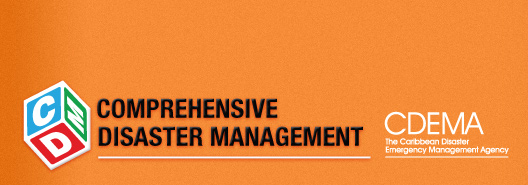
| Health |
|
When we think about disasters, our first concern is usually for the safety and wellbeing of ourselves and our loved ones – and rightfully so. Disasters can affect our health in many different ways. We can be hurt directly when the hazard passes (injuries are caused from falling debris cause trauma, fractures and even amputations). Persons can get sick from dirty water or food and later on, many people become depressed or have mental breakdowns. Emergencies can also damage the hospitals and clinics which are needed to help treat the sick and injured – which in turn can cause people to die, just because medical help was unavailable. It is a fact that the poorest persons are the most likely to be affected by the health problems during and after an emergency. These are the persons who cannot afford private medical attention, ensure that their food and water is the best quality and may live in hazard prone areas where they are likely to be hurt. In poor communities, there is also a lack of access to healthy and safe environments, poor education and risk awareness, and limited coping capacity. A population’s vulnerability to a disaster depends many different things, such as the population size and wealth, the pace of development, whether or not persons live in hazard prone areas, the destruction of the environment and climate change. History
Response and Prevention For the most part, governments are responsible for making sure that the health sector is prepared for an emergency. This type of preparation deals mainly with official disaster offices and public health infrastructure. However, with planning, costly and ineffective interventions can be avoided. Improvisation and rush always come with a high price, and there are many things health officials ought to avoid—use of foreign health professionals; emergency airlifting of food, water, and supplies that often are available locally or that remain in storage for long periods of time; the tendency to adopt dramatic measures— all contribute to making disaster relief one of the least cost effective health activities. The public can make sure that they don’t put themselves in harm’s way by preparing disaster plans for their families and communities. The need for preparedness cannot be stressed enough. Here are some steps that should to be followed when preparing the health sector for disaster:
Donations and supplies must be transparently managed to improve the flow of assistance to intended beneficiaries. |
|
Looking for:
|











